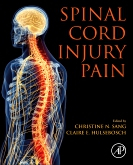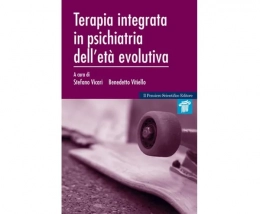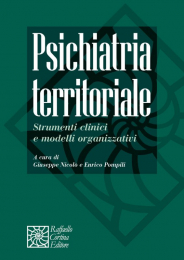Non ci sono recensioni
DA SCONTARE
| Features: |
|
Part I: Approaches to the development of new technologies
1. Electrophysiological phenotyping of neuropathic pain following spinal cord injury
2. Spinal cord injury pain: A retrospective
3. Central neuropathic pain after spinal cord injury: Therapeutic opportunities. A brief history and temporal progression of the pathophysiology from acute trauma to chronic conditions
4. Mechanisms of pain below the level of spinal cord injury (SCI)
5. Devil’s advocate: Why past and future animal models of neuropathic pain in spinal cord injury are without merit
6. Counterpoint: Why animal models are indispensable for translational pain research in spinal cord injury
7. Behavioral assays of pain in rodent models of spinal cord injury
8. Biomarker signatures for neuropathic pain after SCI
9. Decoding nociception in the spinal cord: Computer modeling and machine learning
10. EEG biomarkers of pain and applications of machine learning
11. Perspectives on preclinical evidence for translation in SCI
12. Screening and treatment of neuropathic pain after SCI
Part II: Mechanisms of CNP following SCI
Section 1: Spinal and supraspinal mechanisms
13. Spinal GABA mechanism in neuropathic pain after spinal cord injury
14. Glial activation and neuropathic pain
15. Mechanisms of CNP following SCI: Chemokines in neuronal-glial cell interaction
Section 2: Peripheral mechanisms
16. When soft touch hurts: How hugs become painful after spinal cord injury
17. Peripheral mechanisms contributing to central neuropathic pain following SCI
Section 3: Clinical applications of novel targets and technologies
18. Human neural stem cell transplantation for improved recovery after spinal cord injury
19. Cell transplantation for reducing neuropathic pain after SCI
20. Gene therapy of neuropathic pain after spinal cord injury
21. Exercise as a therapeutic intervention for neuropathic pain after spinal cord injury




